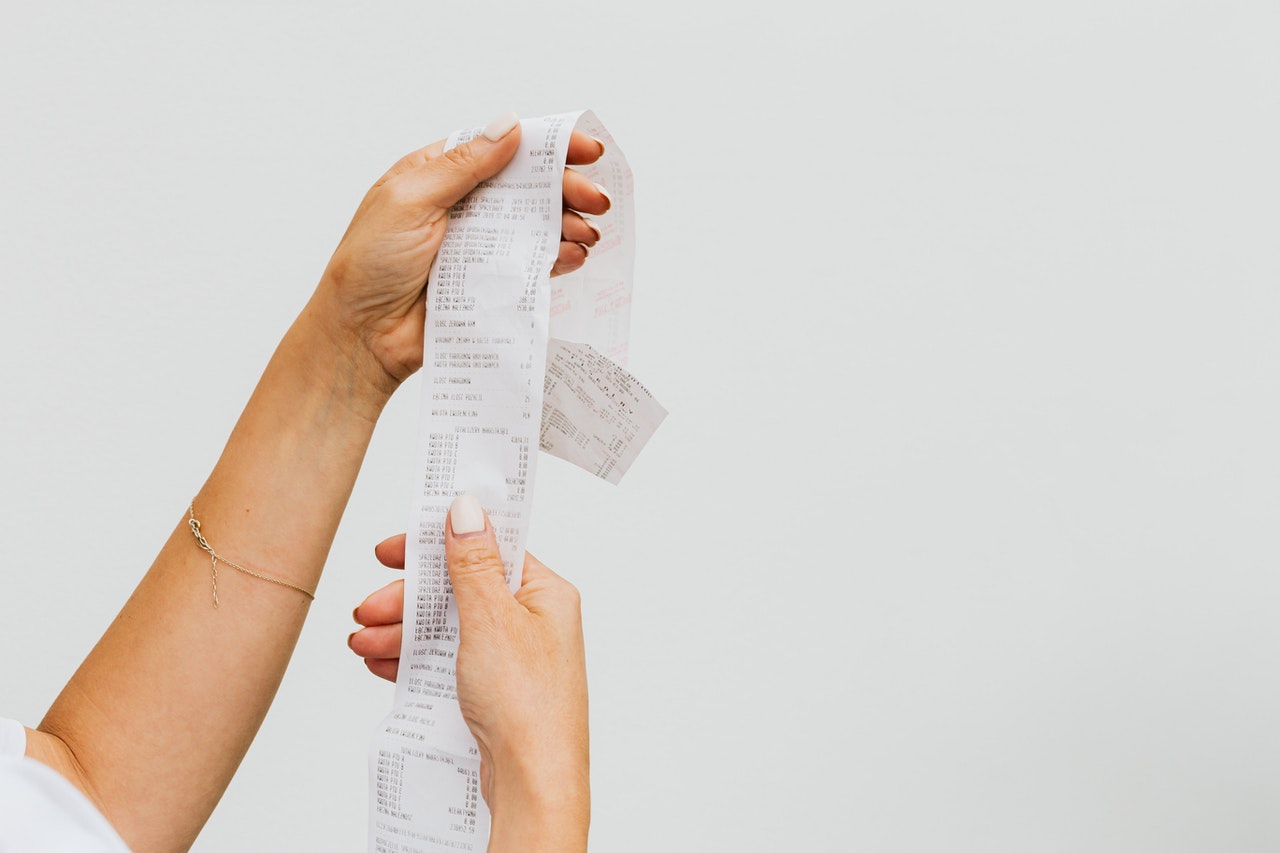When it comes to personal finance, it is important to understand your spending habits.
Knowing what you spend your money on can give you a deeper insight into your financial wellness.
To track your spending, you need to decide how to track your spending, what to keep track of, and how to interpret your spending.
Tracking your spending is one step of budgeting and is a crucial financial habit to have.
4 Steps You Need to Track Your Spending
1. Decide how you want to track your spending.
The first step to tracking your spending is deciding how you want to track your purchases.
Think about what will be easier for you to successfully track your spending for one to three months.
1. Are you someone who enjoys journaling and physically writing things down?
Having a small journal you keep with you to write down all your purchases could be a good option for yourself.
2. Do you enjoy using your phone to take notes and track things in your life?
Consider using your phone to update your spending with a Notes app or even budgeting apps.
3. Do you enjoy using Excel and analyzing data at a very granular level?
Excel would be a great tool to track and interpret your spending.
Do not focus too much on how you will track your spending because you may never start. If the first way doesn’t work for you, it’s okay. Change how you track and input any old information into that new format. There are many ways you can track your spending.
2. Decide how long you want to track your spending.
Set a timeline for how long you want to track.
Usually, one to three months will give you the best information, especially if you’ve never tracked your spending before. Once you have tracked for a few months, you won’t need to write down every purchase because you have a general idea of where you spend your money.
It is ideal to track for a few months to see your spending habits. You might not realize how much you spend every day on small purchases because you’ve never kept track of it.
Once you know your spending habits, you’ll be able to make a budget that you can stick with.
Online finance tools, like Mint, can make tracking your spending easier for day-to-day. While tools like Mint are helpful, physically keeping track on your own will give you more information, especially if you use cash at all or have accounts that are not linked to your Mint.
After this exercise, use Mint to keep track of your spending.
3. What to keep track of.
Every purchase needs to be tracked, even if the purchase was a few cents or dollars.
These micro-purchases are where people can lose track of what they are really spending every day. Small purchases can add up to be a decent portion of your budget.
For every transaction, write down:
- the date
- amount
- location
- the item you purchased
- the category of spending
You can get more specific and write the time you bought the item.
Categories can be:
- housing
- groceries
- dining out
- coffee
- entertainment
- clothes
- and anything else you want to categorize
Writing the category down right away will allow you to analyze your spending more quickly at the end of the week or month. You can use this information to write your budget and find areas to cut down spending.
4. Interpreting your spending.
Once you’ve tracked your spending, you need to interpret this information to really understand your spending habits.
Go through your spending at the end of the week or the end of the month. Write down your categories and add up the total you spent on each of those categories. This will let you see your actual spending and allow you to work on a budget that fits your actual needs.
A successful budget is one that you can stick to. If you don’t track your spending, you may budget $10 a week for coffee when you actually spend $40 a week on coffee.
The more months you track your spending, the better financial picture you will have. Some months may be an outlier because of non-regular purchases such as car insurance or a special birthday dinner.
Three months will give you the best idea about regular spending habits. You may be shocked to see how much you are spending on certain categories and how little you are spending on other categories.
Final Thoughts on How to Track Your Spending
Understanding your spending habits will give you the knowledge you need to create a budget and understand your financial situation.
To know your spending habits, you need to track your spending. Track all of your purchases for a few months. You will soon see where you are spending your money.
With this information, you can decide where to cut back spending and make a budget you can realistically stay on.



